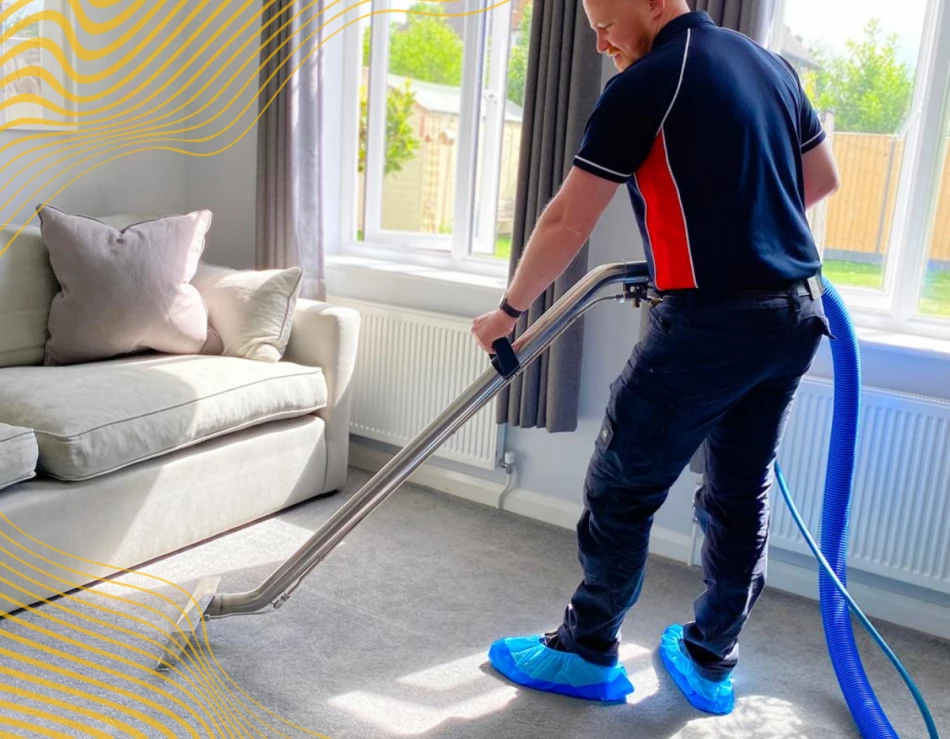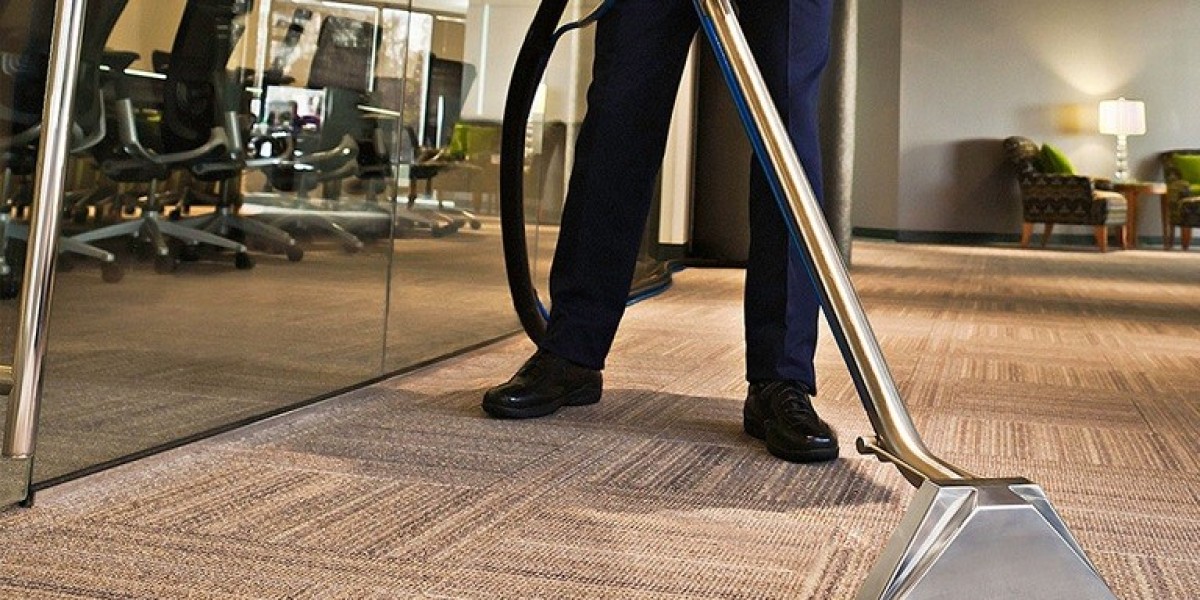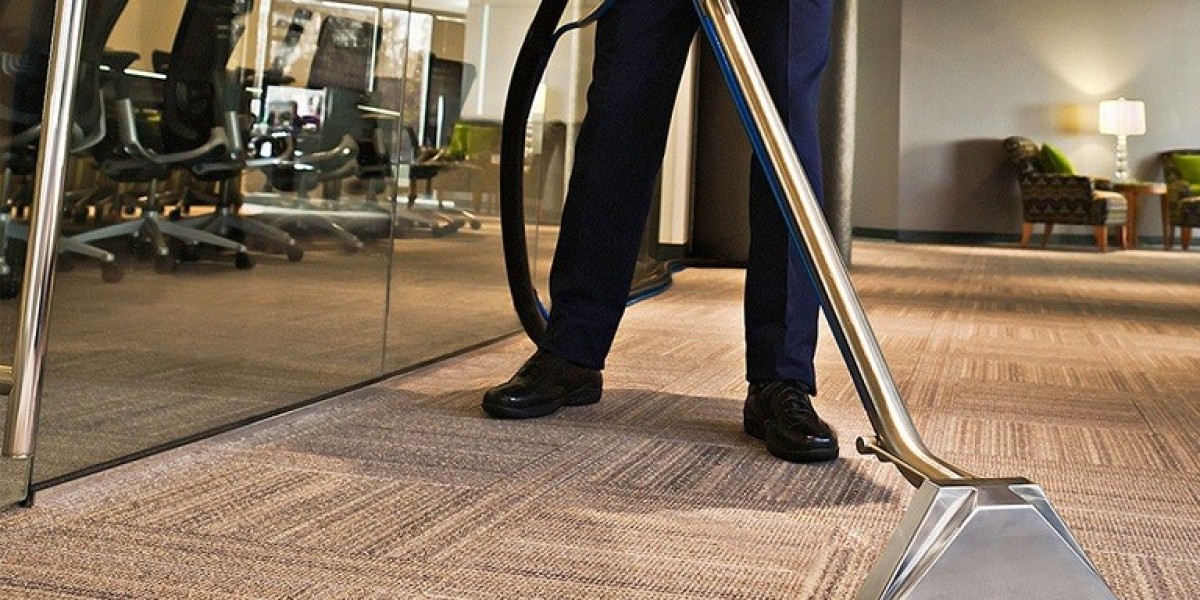
Carpets are a staple in many homes, providing warmth, comfort, and aesthetic appeal. However, they also serve as a magnet for dirt, dust, allergens, and stains, which can compromise indoor air quality and the overall look of a space. Regular carpet cleaning is essential not only for maintaining the carpet's appearance but also for ensuring a healthy living environment. This article explores various carpet cleaning techniques, their benefits, and best practices to keep your carpets in top condition.
Understanding Carpet Composition
Before diving into cleaning methods, it's important to understand the types of carpets available. Carpets can be made from natural fibers such as wool or synthetic fibers like nylon, polyester, or olefin. Each type has its own characteristics and cleaning requirements. For instance, wool carpets are more delicate and may require specialized cleaning solutions, while synthetic carpets are generally more durable and easier to clean. Knowing your carpet type is crucial in choosing the right cleaning method.
Common Carpet Cleaning Techniques
- Vacuuming: The most basic yet essential method of carpet cleaning is regular vacuuming. It helps remove surface dirt, dust, and debris. For optimal results, it's recommended to vacuum high-traffic areas at least twice a week and less frequented areas once a week. Using a vacuum with a HEPA filter can also help trap allergens, improving indoor air quality.
- Spot Cleaning: Accidents happen, and when they do, immediate action is required. Spot cleaning involves treating stains as soon as they occur to prevent them from setting. Different stains require different cleaning solutions; for example, a mixture of vinegar and water can be effective for organic stains, while commercial stain removers may be necessary for more stubborn marks. Always test a small, inconspicuous area before applying any cleaning solution.
- Shampooing: Carpet shampooing is a deep cleaning method that involves applying a foamy cleaning solution to the carpet and then agitating it with a brush or https://premiercarpetcleaning.co.uk machine. Afterward, the carpet is rinsed and extracted using a vacuum. This method is effective for removing dirt and odors but can leave residue if not rinsed properly.
- Steam Cleaning: Also known as hot water extraction, steam cleaning is one of the most effective methods for deep cleaning carpets. A machine heats water and injects it into the carpet fibers, loosening dirt and stains. The machine then extracts the water along with the dirt. This method is highly recommended by carpet manufacturers and is effective in removing allergens and bacteria.
- Dry Cleaning: This method uses specialized cleaning compounds that absorb dirt and stains without the use of water. A dry cleaning machine spreads the compound over the carpet, which is then vacuumed up along with the dirt. This method is quick and allows for immediate use of the carpet, but it may not be as effective for heavily soiled carpets.
- Encapsulation: A relatively newer technique, encapsulation involves applying a synthetic cleaning solution that crystallizes dirt into powder, which can then be vacuumed away. This method is effective for maintenance cleaning and is often used in commercial settings due to its quick drying time.
Benefits of Regular Carpet Cleaning
- Enhanced Appearance: Regular cleaning helps maintain the aesthetic appeal of your carpets, keeping them looking fresh and vibrant. This is particularly important in high-traffic areas where dirt and stains can accumulate quickly.
- Improved Indoor Air Quality: Carpets can trap allergens, dust mites, and other pollutants. Regular cleaning helps to remove these contaminants, leading to better air quality and a healthier living environment.
- Prolonged Carpet Life: Dirt and debris can wear down carpet fibers over time. By regularly cleaning your carpets, you can extend their lifespan, saving you money in the long run.
- Odor Removal: Carpets can absorb odors from pets, spills, and general use. Regular cleaning can help eliminate these odors, keeping your home smelling fresh.
- Stain Prevention: Regular maintenance and immediate treatment of spills can prevent stains from setting, making it easier to keep your carpets looking their best.
Best Practices for Carpet Cleaning
- Follow Manufacturer Guidelines: Always refer to the carpet manufacturer's cleaning recommendations. Different carpets have different care requirements, and following these guidelines will help avoid damage.
- Use the Right Products: Choose cleaning solutions that are appropriate for your carpet type. Avoid harsh chemicals that can damage fibers or leave residue.
- Test Before Full Application: Always test any cleaning solution on a small, inconspicuous area of the carpet before applying it to the entire surface. This helps ensure that the product will not cause discoloration or damage.
- Consider Professional Cleaning: While regular maintenance can be done at home, scheduling professional cleaning at least once a year can provide a deeper clean and help maintain your carpet’s condition.
- Implement Preventative Measures: Use doormats at entrances to reduce dirt tracked onto carpets, and consider using area rugs in high-traffic zones to protect your carpets from wear and tear.
Conclusion
Carpet cleaning is an essential aspect of home maintenance that should not be overlooked. By understanding the various cleaning techniques and their benefits, homeowners can make informed decisions about how to best care for their carpets. Regular cleaning not only enhances the appearance of carpets but also contributes to a healthier living environment. Whether you choose to tackle the cleaning yourself or hire professionals, maintaining your carpets will ensure they remain a beautiful and functional part of your home for years to come.








